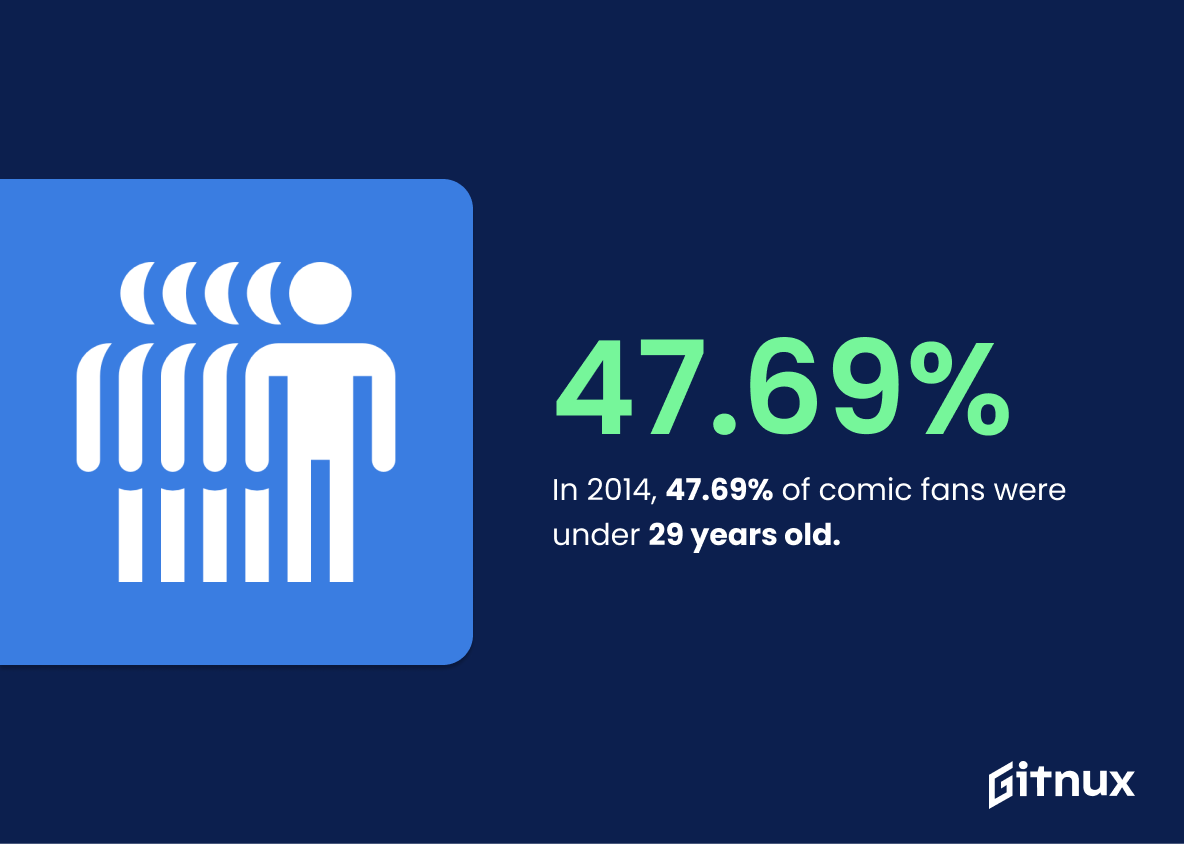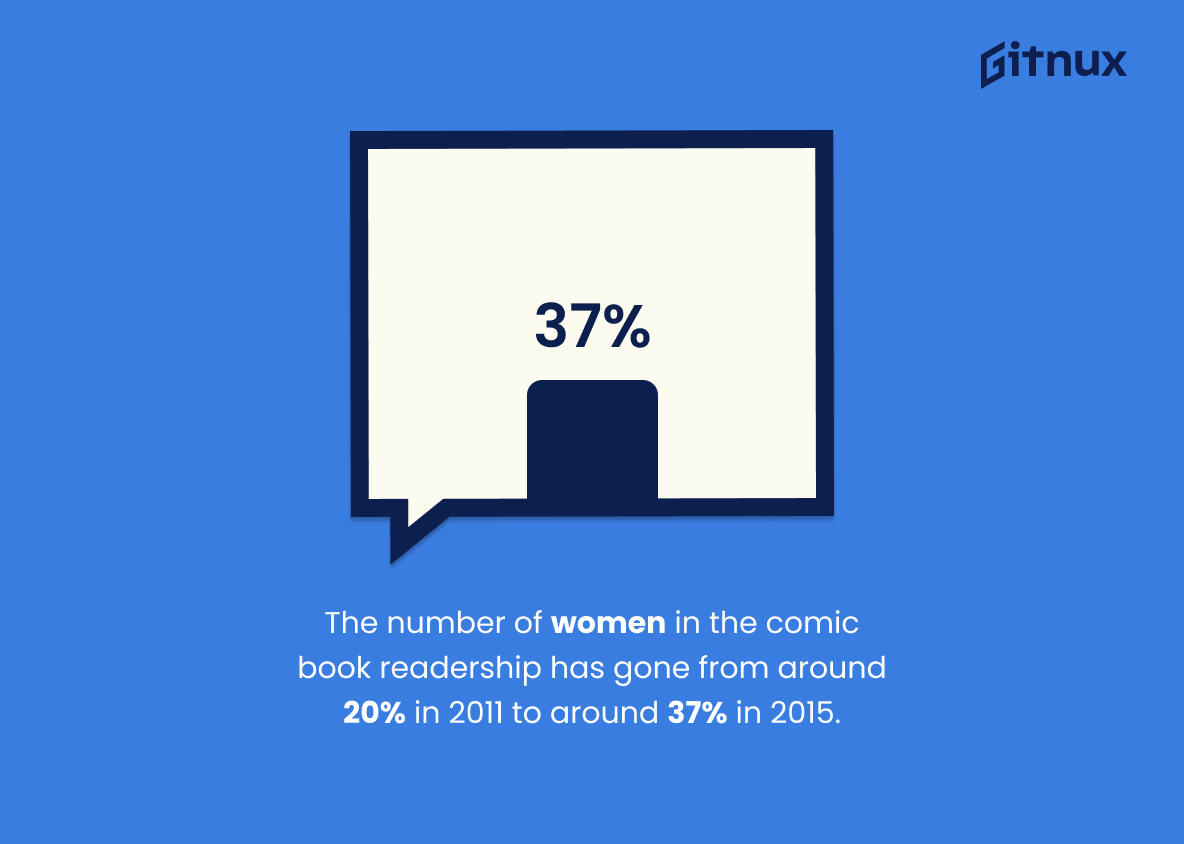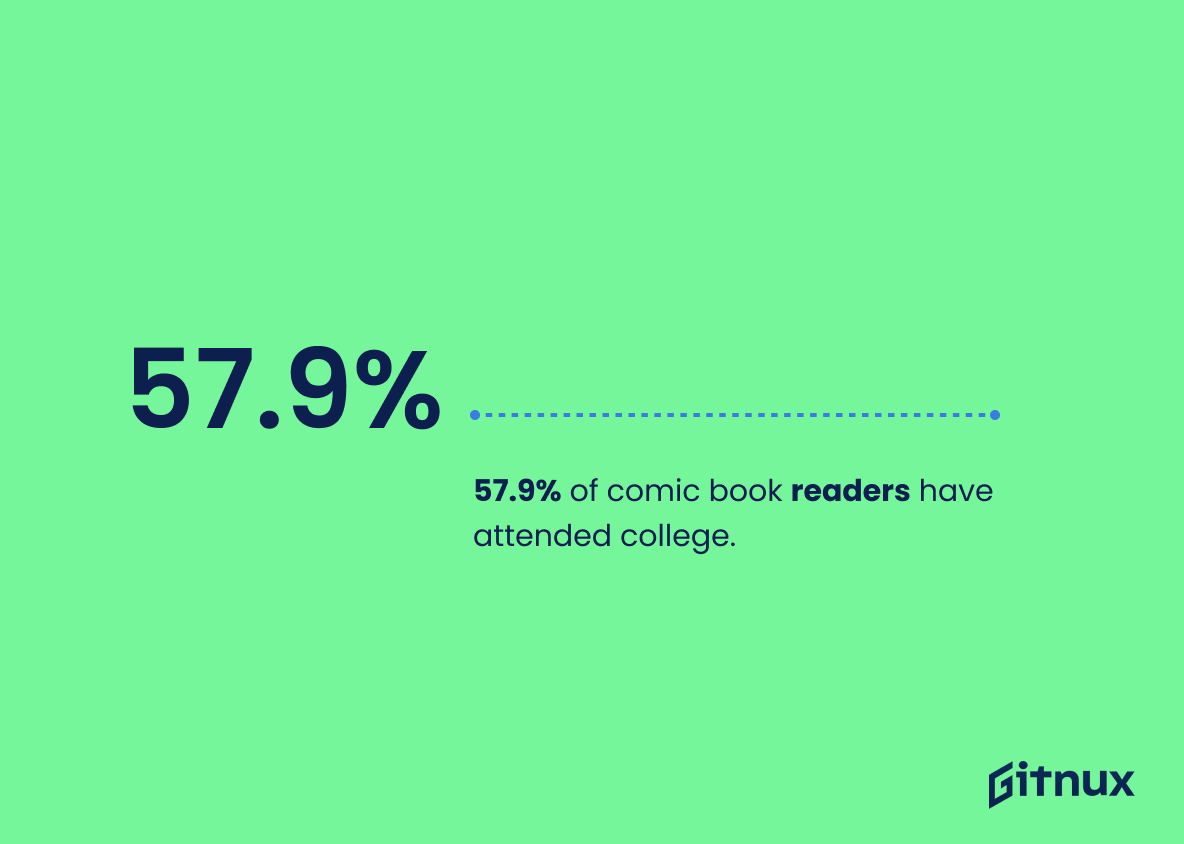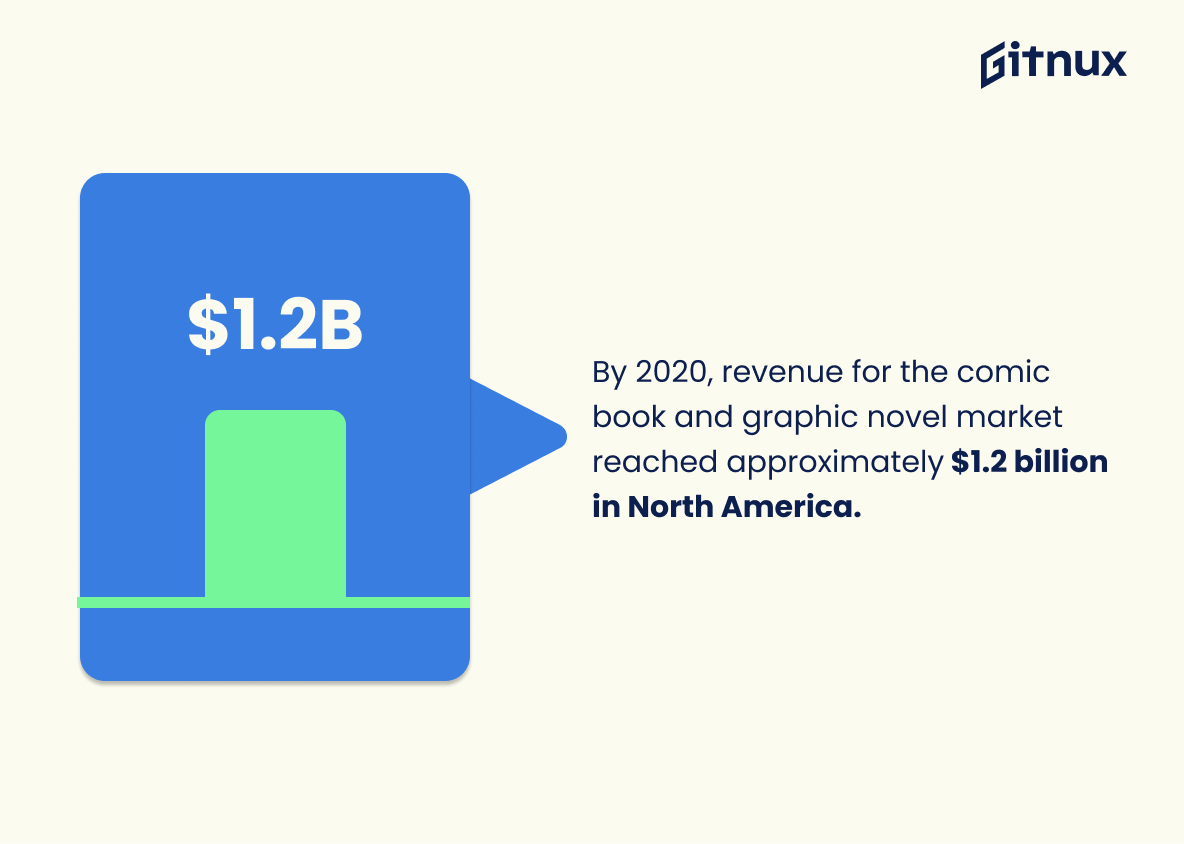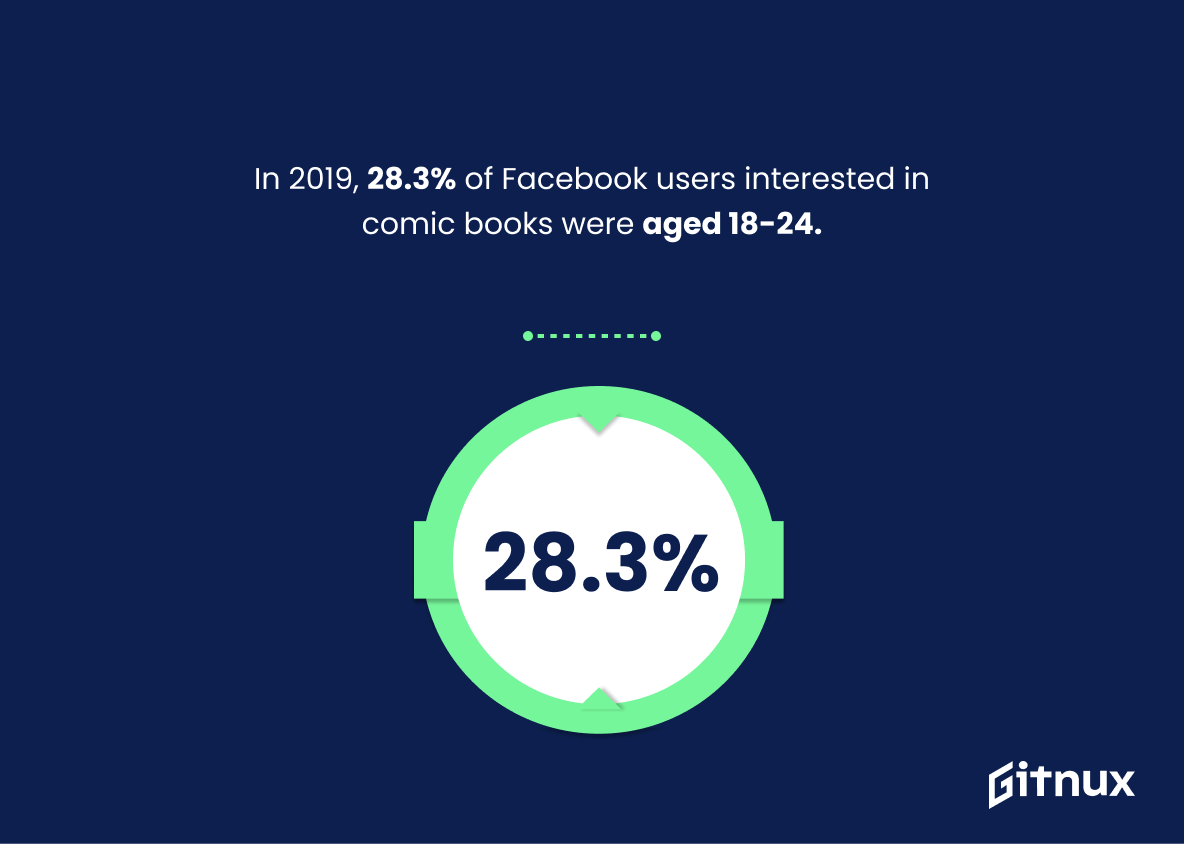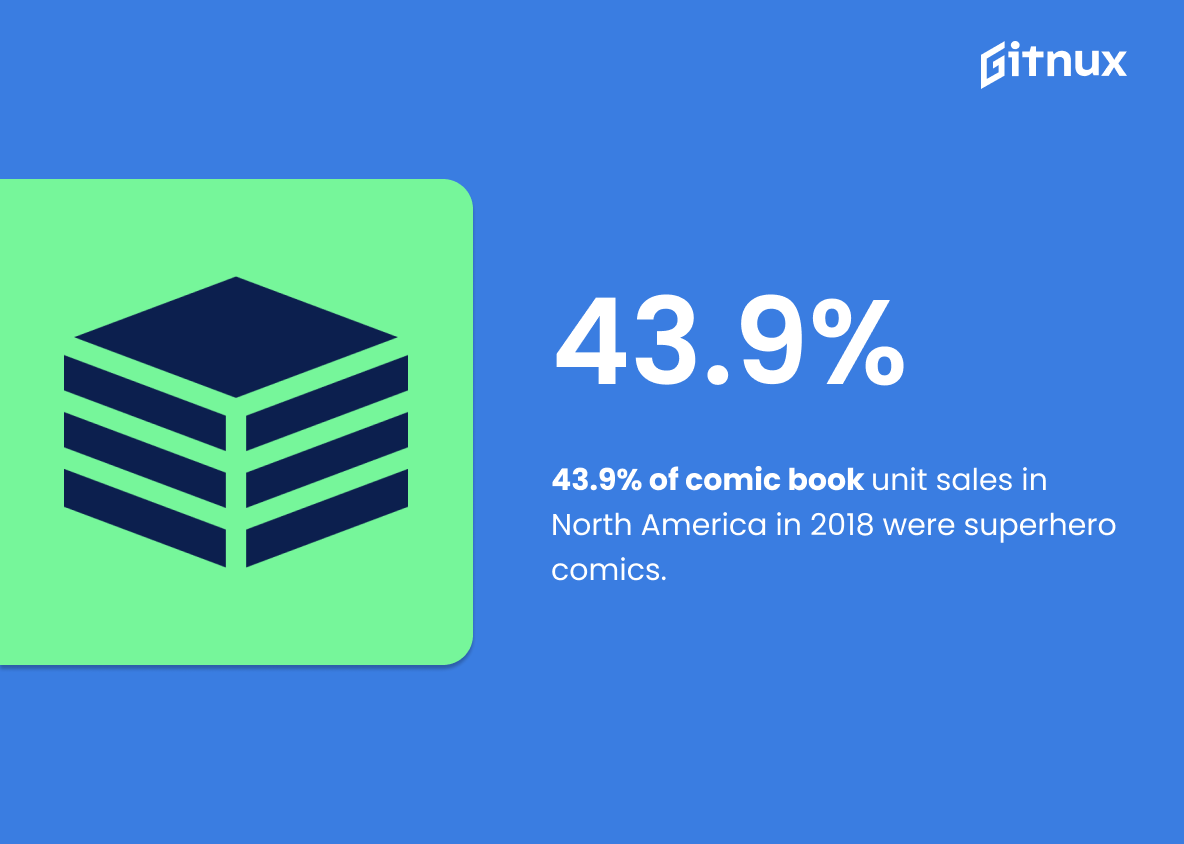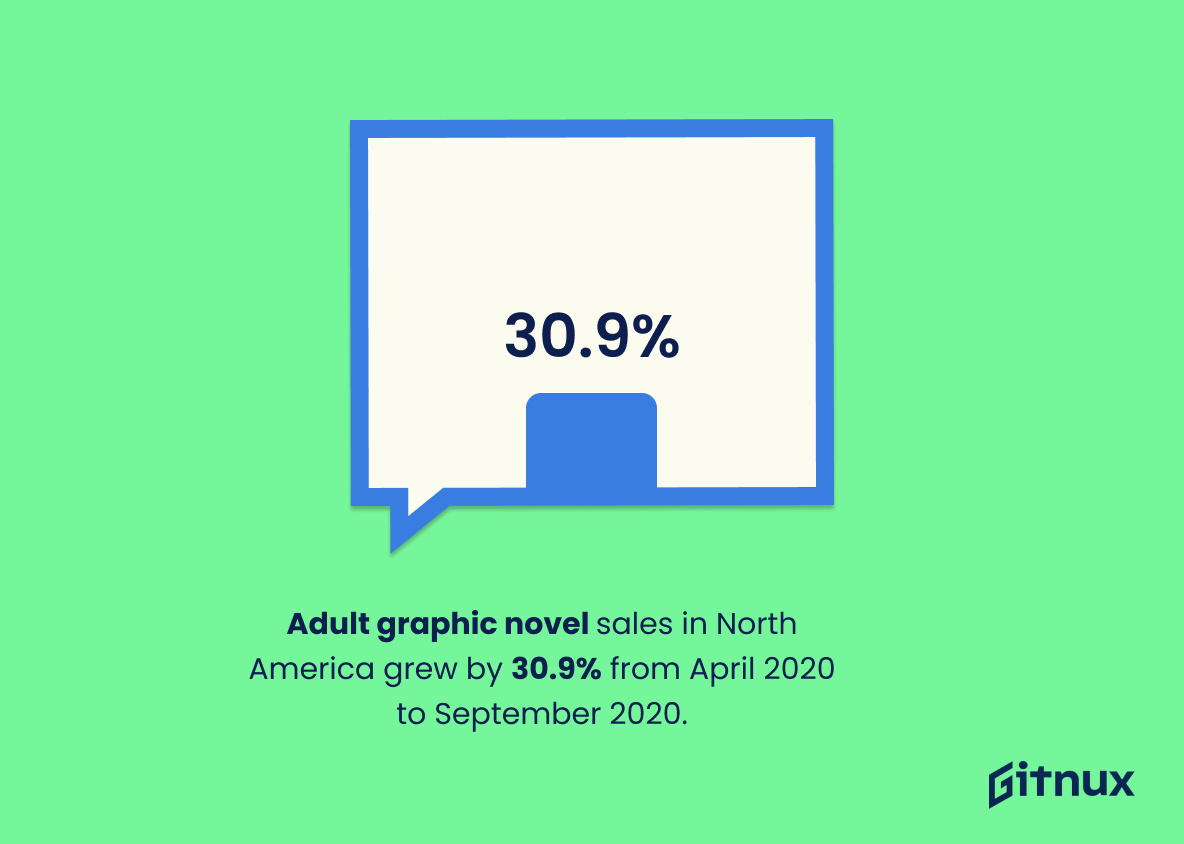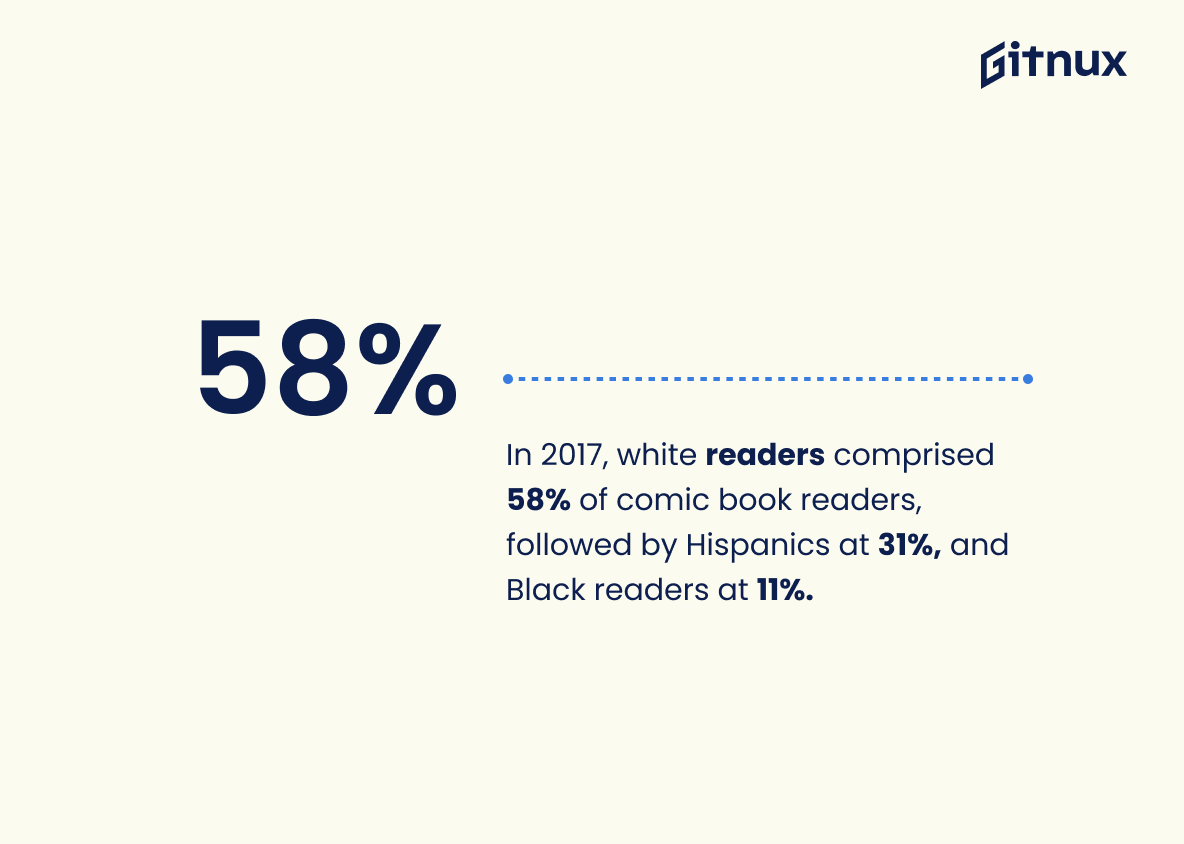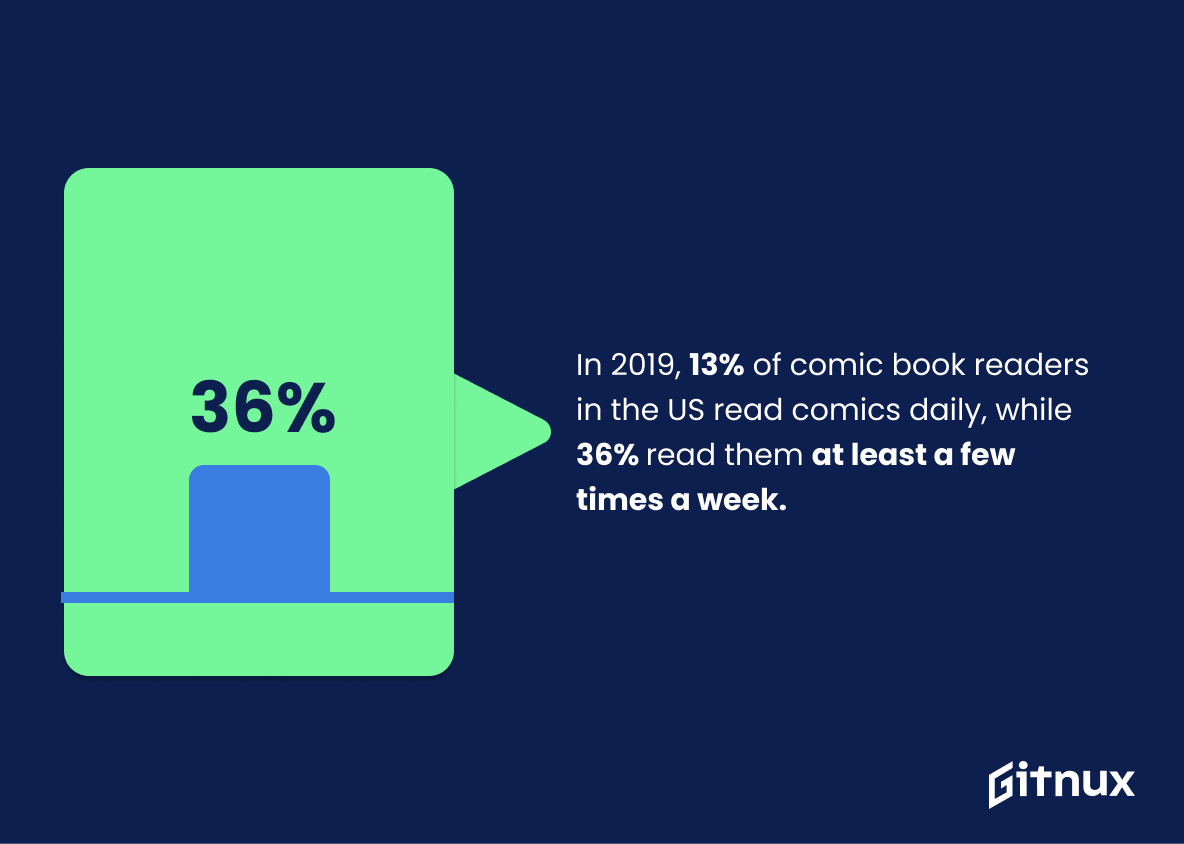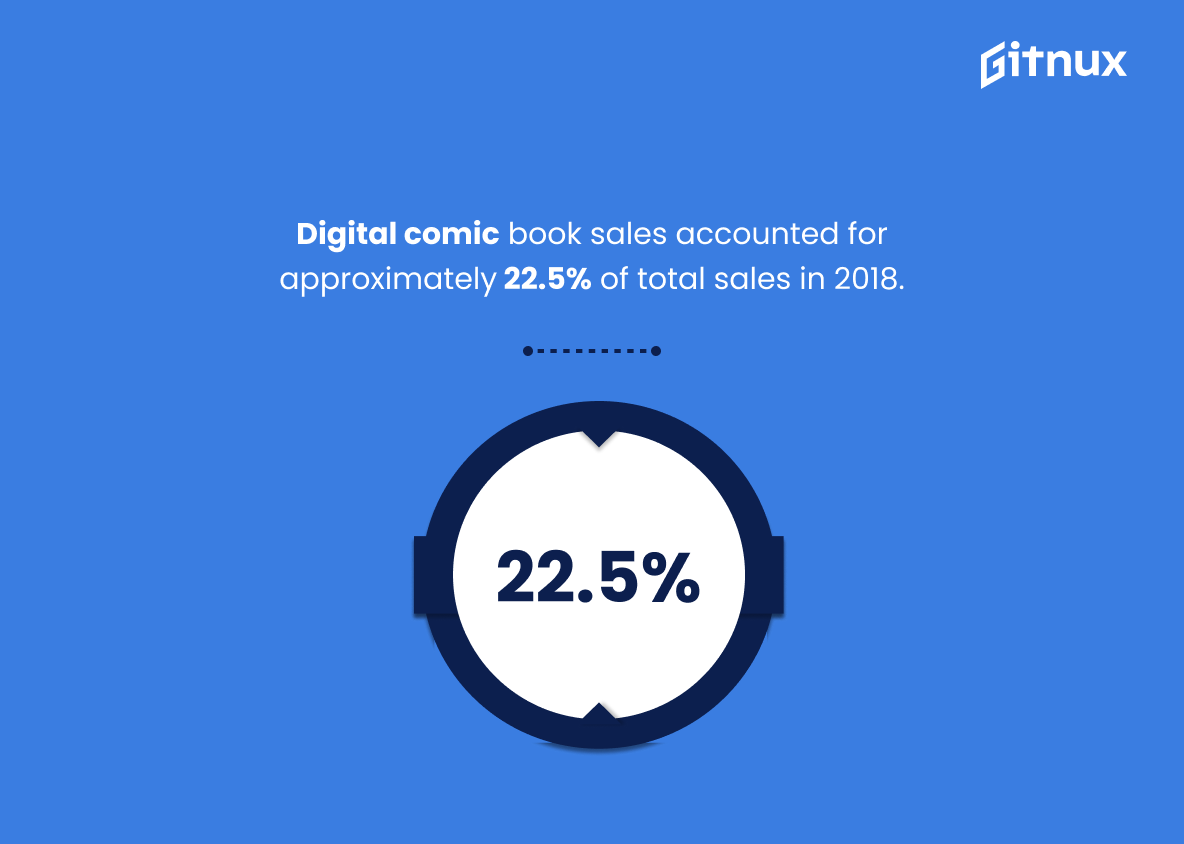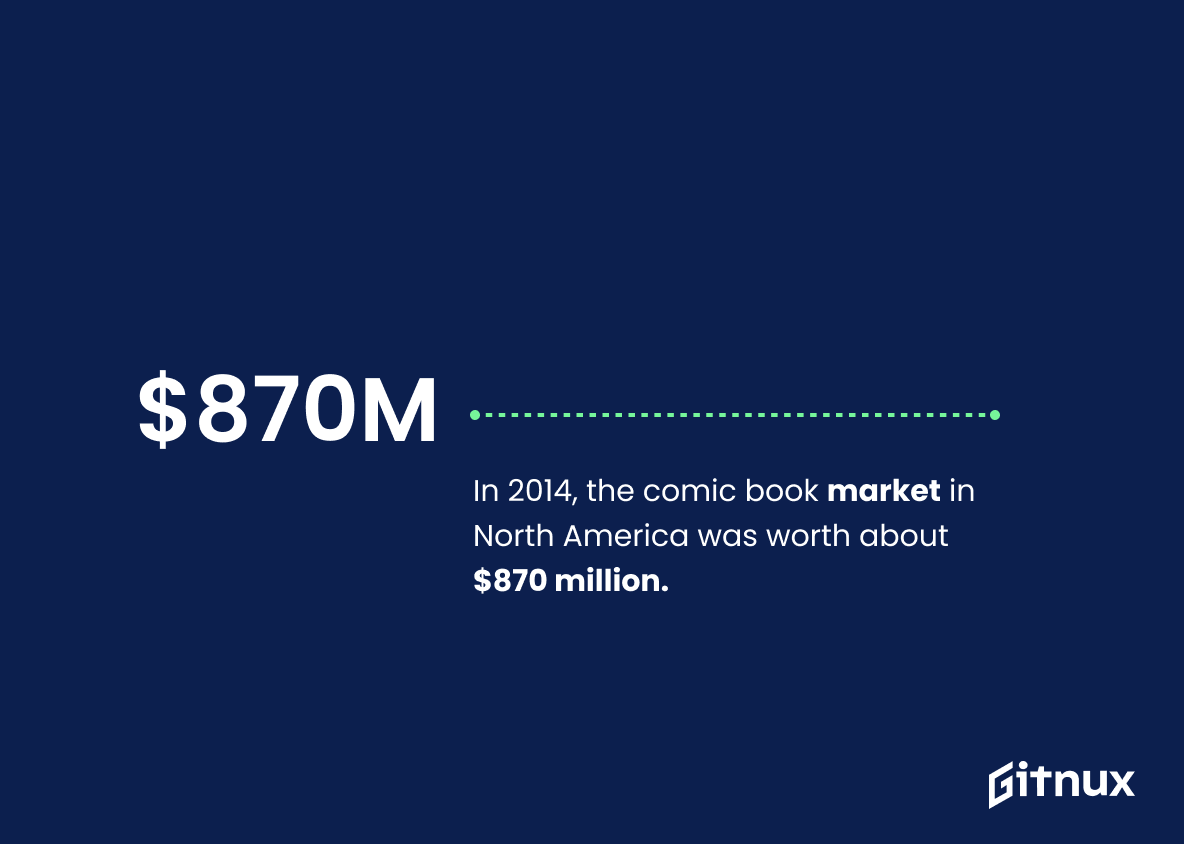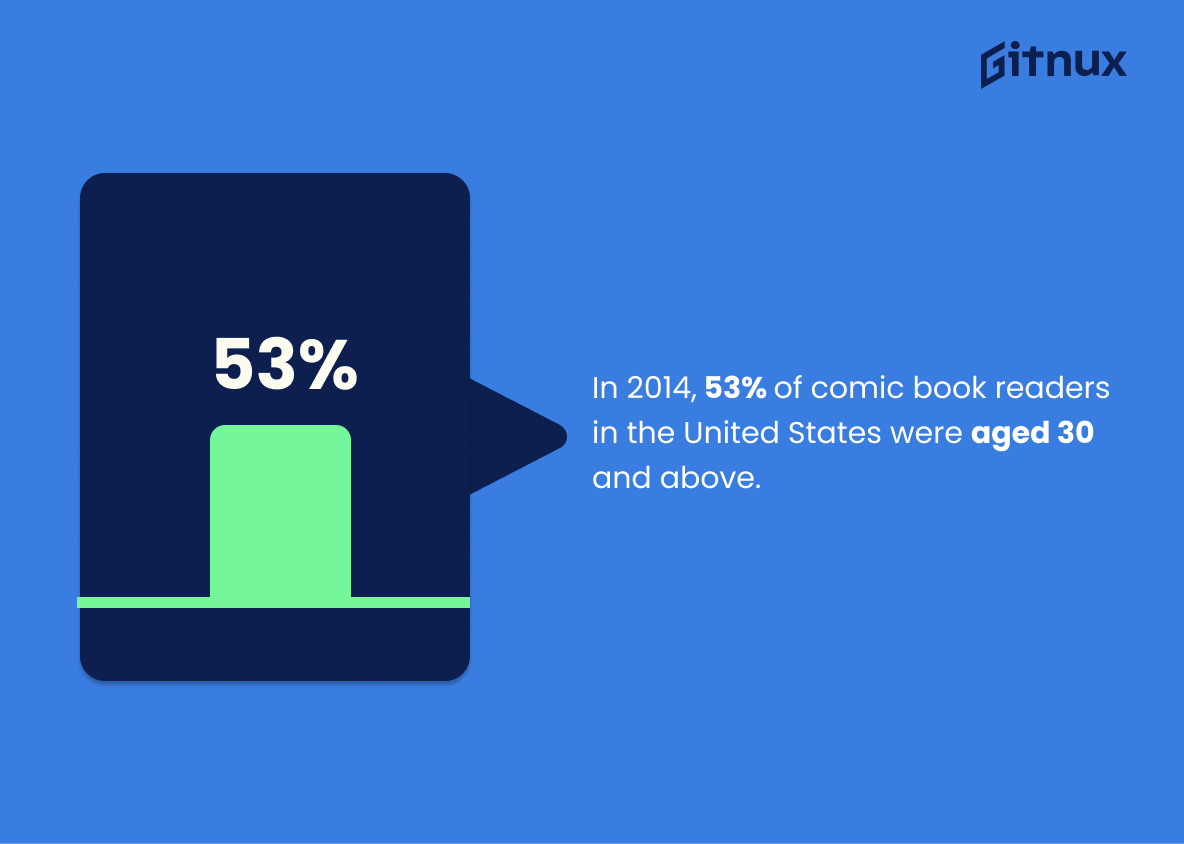Comic books have been a popular form of entertainment for decades, and the demographic statistics surrounding comic book readership are fascinating. Recent studies show that 63% of comic book readers are male while 37% are female, with an average age of 35 years old. In 2014, 47.69% were under 29 years old and 84% prefer print comics to digital versions. Additionally, 57.9 percent had attended college and 43.9 percent read superhero comics in 2018; this number has grown significantly since 2011 when only 20 percent were women readership was represented by white people at 58%, followed by 31 % Hispanics and 11 % Black people respectively.
Furthermore , revenue from the market reached approximately $1 .2 billion in North America in 2020 , 28 .3 % Facebook users interested in comic books were aged 18-24 , adult graphic novel sales grew 30 . 9 % between April 2020 – September 2020 Finally 45 . 8 % customers visiting Comic Book stores fell within 25 – 49 year olds range & 2 625 stores existed across US as per 2015 data These facts provide insight into who is reading these beloved stories today.
Comic Book Demographic Statistics Overview
In 2014, 47.69% of comic fans were under 29 years old.
This statistic is significant in the context of comic book demographic statistics as it indicates that a large portion of comic book fans are young adults. This suggests that comic books are still popular among the younger generations, and that the industry is likely to remain strong in the future. Furthermore, this statistic can be used to inform marketing strategies, as it provides insight into the age group that is most likely to be interested in comic books.
The number of women in the comic book readership has gone from around 20% in 2011 to around 37% in 2015.
This statistic is a clear indication that the comic book readership is becoming increasingly diverse. It shows that the industry is making strides towards becoming more inclusive and welcoming to female readers, which is an important step in the right direction. It also suggests that the comic book industry is becoming more accessible to a wider range of people, which is a positive sign for the future of the industry.
57.9% of comic book readers have attended college.
This statistic is significant in the context of comic book demographic statistics because it indicates that a majority of comic book readers have a higher level of education. This suggests that comic books are not just a form of entertainment for children, but are also enjoyed by adults who have attended college. This could be an indication that comic books are becoming more popular among adults, and that the industry is growing.
By 2020, revenue for the comic book and graphic novel market reached approximately $1.2 billion in North America.
This statistic is a testament to the immense popularity of comic books and graphic novels in North America. It shows that the comic book and graphic novel market is thriving, and that it is a lucrative industry. This is important to note in a blog post about comic book demographic statistics, as it demonstrates the potential for growth in the industry and the potential for new readers to join the comic book fan base.
In 2019, 28.3% of Facebook users interested in comic books were aged 18-24.
This statistic is significant in the context of comic book demographic statistics as it provides insight into the age group that is most interested in comic books. It suggests that the 18-24 age group is the most engaged with comic books, which could be used to inform marketing strategies and target audiences for comic book-related products.
43.9% of comic book unit sales in North America in 2018 were superhero comics.
This statistic is a telling indication of the popularity of superhero comics in North America in 2018. It demonstrates that superhero comics are a major force in the comic book industry, and that they are a major draw for readers. This statistic is important for understanding the comic book demographic, as it shows that superhero comics are a major part of the market and that they are a major source of revenue for comic book publishers.
Adult graphic novel sales in North America grew by 30.9% from April 2020 to September 2020.
This statistic is a testament to the increasing popularity of graphic novels among adults in North America. It shows that the genre is gaining traction and that more and more people are turning to graphic novels for entertainment. This is an important trend to note, as it indicates that the comic book demographic is expanding and that more adults are engaging with the medium.
Nearly 58% of comic book readership in 2017 was represented by white people, followed by about 31% by Hispanics, and about 11% by Black people.
This statistic is a telling indication of the current state of comic book readership. It reveals that the majority of comic book readers are white, with Hispanics and Black people making up a much smaller portion of the readership. This disparity is significant, as it highlights the need for greater diversity in the comic book industry. It also serves as a reminder that there is still much work to be done in order to ensure that all readers are represented in the comic book world.
In 2019, 13% of comic book readers in the United States read comics daily, while 36% read them at least a few times a week.
This statistic is a valuable insight into the comic book reading habits of Americans. It shows that a significant portion of comic book readers are dedicated to the medium, with 13% reading comics daily and 36% reading them at least a few times a week. This indicates that comic books are an important part of many people’s lives, and that the industry is likely to remain strong in the future.
Digital comic book sales accounted for approximately 22.5% of total sales in 2018.
This statistic is a telling indication of the current state of the comic book industry. It shows that digital comic book sales are becoming increasingly popular, and that the industry is adapting to the changing landscape of the digital age. This statistic is important for understanding the current trends in comic book sales, and how the industry is evolving to meet the needs of its readers.
In 2019, manga accounted for about 35% of the graphic novel unit sales in North America.
This statistic is a testament to the growing popularity of manga in North America. It shows that manga has become a major player in the graphic novel market, indicating that it is no longer a niche genre but a mainstream one. This is an important development for comic book fans, as it means that more manga titles are available to them, giving them more options when it comes to finding stories that they can enjoy.
The number of comic book stores in the United States increased by about 2.7% between 2010 and 2015, reaching 2,625 stores.
This statistic is a testament to the growing popularity of comic books in the United States. It shows that the demand for comic books is increasing, and that more people are turning to comic book stores to get their fix. This is an encouraging sign for the comic book industry, as it indicates that the demographic of comic book readers is expanding. It also suggests that the industry is becoming more profitable, as more stores are opening up to meet the growing demand.
In 2014, the comic book market in North America was worth about $870 million.
This statistic is a testament to the immense popularity of comic books in North America. It shows that the comic book market is a thriving industry, with a large and dedicated fan base. This is an important piece of information for anyone looking to gain insight into the comic book demographic, as it provides a clear indication of the size and scope of the market.
In 2014, 53% of comic book readers in the United States were aged 30 and above.
This statistic is a telling indication of the changing landscape of comic book readership. It shows that the traditional notion of comic book readers being young is no longer the case, and that a significant portion of readers are now adults. This has implications for the industry, as it suggests that there is a growing market for comic books that appeal to an older demographic. This could lead to more mature storylines and characters, as well as a wider range of genres and topics being explored in comic books.
In 2017, sales from the top 300 comic books amounted to $310 million.
This statistic is a testament to the immense popularity of comic books, demonstrating that the industry is still thriving despite the ever-changing landscape of entertainment. It is a clear indication that comic books are still a major source of entertainment for many people, and that the demographic of comic book readers is still strong. This statistic is an important piece of evidence when discussing comic book demographic statistics, as it shows that the industry is still a viable source of entertainment for a wide range of people.
Conclusion
The statistics presented in this blog post demonstrate that comic book readership is largely male, with 63% of readers being male and 37% female. The average age of a comic book reader is 35 years old, while 47.69% are under 29 years old.
Additionally, the number of women reading comics has increased from 20-37%, 84% prefer print to digital comics, 57.9% have attended college and 43.9 % read superhero comics specifically; 28.3 % were aged 18-24 on Facebook; adult graphic novel sales grew by 30%; nearly 58 percent were white people followed by 31 percent Hispanics and 11 percent Black people; 13 % read daily while 36 % at least once a week; 46 % in UK were female ; 22 .5 per cent was digital sales , 45 .8 per cent between 25 – 49 year olds , 2 .7 increase in stores since 2010 & 870 million market value for North America in 2014 & 53 per cent US readers over 30 yrs old & 310 million top 300 books sold 2017 respectively
References
0. – https://www.icv2.com
1. – https://www.venturebeat.com
2. – https://www.comichron.com
3. – https://www.yudu.com
4. – https://www.publishersweekly.com
5. – https://www.tandfonline.com
6. – https://www.statista.com
7. – https://www.marketwatch.com
